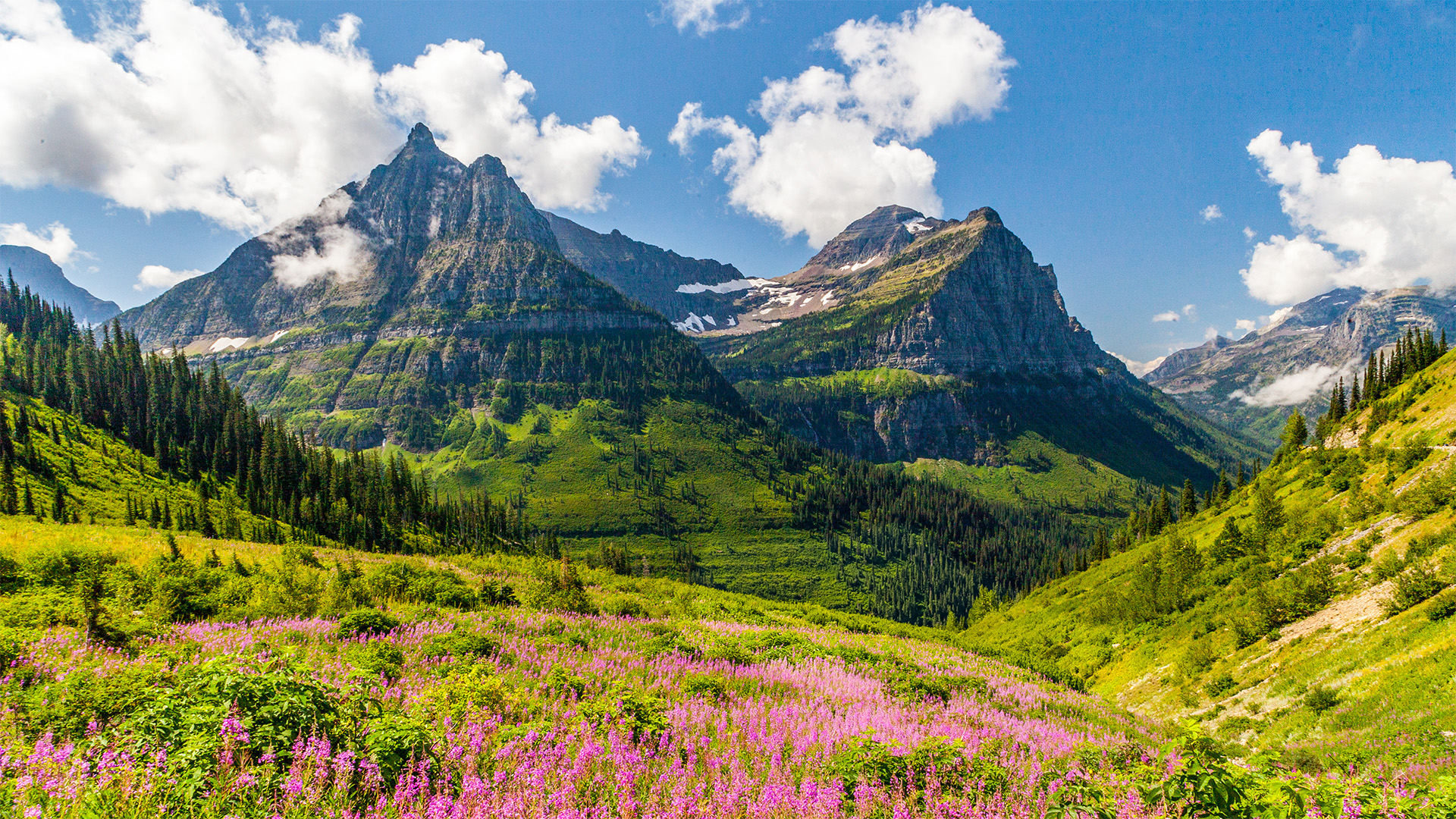By Kendall Schneider, Nat Hab Expedition Leader in U.S. National Parks
This February, I watched with sadness as many National Park Service employees suddenly lost their jobs. Many of these individuals chose their careers because of their profound commitment to conservation and wilderness, despite the modest compensation and demanding working conditions. These land stewards help maintain and protect the beautiful natural areas we are privileged to experience across the United States.
Many Americans may not realize how these staffing and funding cuts directly impact them. Yet, anyone who has seen wolves roaming in Yellowstone, jumped into an alpine lake in Glacier, or driven the scenic backroads of the Grand Canyon has benefited from these dedicated public employees. The maintenance, research and protection they provide not only enable recreation but also deliver essential ecosystem services benefiting millions of people (and wildlife) nationwide. The consequences of diminished protection may not be immediately apparent, but if public lands continue to lose essential resources, all of us—whether or not we visit these spaces—will feel the impacts.

Funding and staffing challenges are not new for the National Park Service, yet their effects grow more significant as visitor numbers rise. National parks welcomed more than 331 million visitors last year, an increase of more than 6 million compared to the previous year. Parks are experiencing record use, yet funding to support them is not keeping pace. This creates additional pressure on resources dedicated to wildlife conservation, visitor safety and the long-term preservation of habitats.
National parks and public lands protect approximately 85 million acres across the United States, which are home to more than 1,300 threatened and endangered species. The original vision behind the creation of national parks in 1872 was the preservation of wildlife, land and cultural history for future generations. Similarly, the Endangered Species Act of 1973 has provided critical support for conserving biodiversity in partnership with the National Park Service and other public land agencies. Over the past 50 years, this partnership has successfully prevented extinction for 99% of listed species, facilitated the reintroduction of native wildlife, and bolstered ecosystem health—exemplified by the successful reintroduction of wolves into Yellowstone.
As staffing levels decline, essential conservation projects face disruption or cancellation. In Glacier National Park, native bull trout populations face significant threats from invasive lake trout. Every summer, a small wildlife team conducts crucial research and conservation efforts, identifying lake trout breeding grounds, protecting bull trout habitats and maintaining vital ecological data. Without adequate personnel, these efforts could be compromised, potentially leading to further habitat degradation and the risk of native bull trout extinction.
This example from Glacier National Park highlights the broader urgency for consistent conservation support. Another critical issue is white-nose syndrome, a fungal infection affecting bat populations. First identified in the eastern U.S. in 2006, this disease has caused millions of deaths among little brown bats. National Park Service biologists recently trialed a vaccine aimed at preventing further spread and protecting bat populations. However, comprehensive monitoring and distribution of such solutions requires adequate staffing. Bats play a vital ecological role, providing significant agricultural benefits by consuming insects and pests. As National Park Service biologist Lisa Bates emphasizes, “In the U.S. alone, bats save farmers approximately $32 billion annually by reducing insect populations. Birds feed on insects during the day, bats take over at night. Losing large numbers of bats could have profound ecological and economic ripple effects.”
Reduced staffing also affects park management’s ability to respond quickly to emergencies, maintain trails and infrastructure, manage fire risks, control invasive species and provide educational programs. Without adequate support, public safety and habitat integrity could decline, negatively impacting visitor experiences and ecosystem health.
Our federal public lands are crucial for recreation, conservation and education in every state, relying heavily on dedicated professionals who steward these areas. Protecting these landscapes ensures that ecosystems remain healthy, human-wildlife conflicts are mitigated, and our historical and natural heritage is preserved.

© Nat Hab Expedition Leader Charlie Reinertsen
All of us can contribute positively to the future of these treasured public lands. Whether through practicing Leave No Trace principles, supporting educational and volunteer initiatives, spreading awareness about conservation issues, or simply showing kindness and respect to park employees and wildlife, every action helps. By recognizing the value of these wild places and the collective responsibility we share in their preservation, we support a sustainable future for America’s national parks.
Natural Habitat Adventures encourages you to advocate on behalf of our national parks and other public lands. Join us in taking a stand against proposed legislation that would strip protection from them by opening up mining and drilling in parks and selling public lands: Call or write your members of Congress and urge them to safeguard our shared natural treasures. You can find your elected representatives here.































